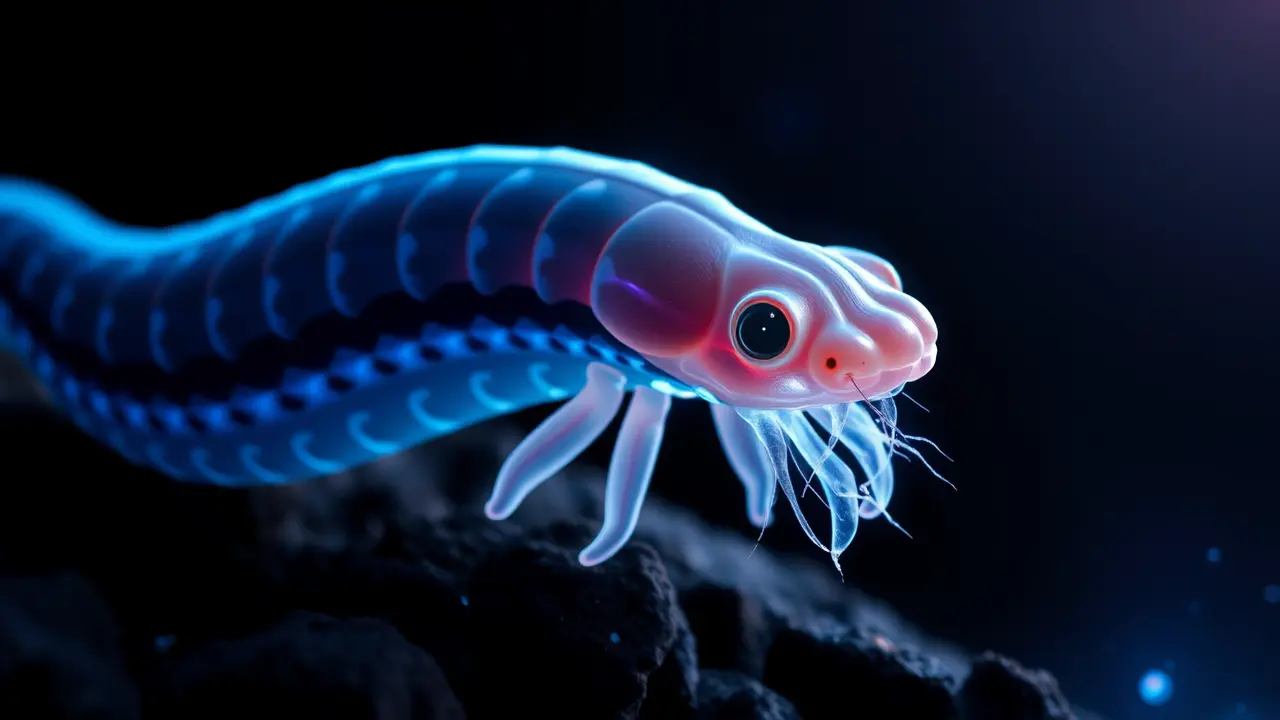Tiny Worm Could Unlock Human Limb Regeneration
In the quiet, unassuming world of a laboratory aquarium, a biological revolution is unfolding, one that could fundamentally rewrite the rules of human medicine. The star of this quiet drama is *Schmidtea mediterranea*, a freshwater flatworm so modest in appearance you might mistake it for a stray eyelash, yet it possesses a regenerative capability so profound it borders on science fiction.While the common axolotl salamander is often celebrated for regrowing a limb, this tiny worm performs a trick that makes such feats seem almost mundane: it can regenerate its entire head, complete with a functional brain, eyes, and all its previous memories, after decapitation. This isn't just healing; it's a complete systemic reboot, a feat that has placed the humble planarian at the white-hot center of a burgeoning field of science where developmental biology, genetics, and advanced computational modeling converge.The core mystery lies in the worm's neoblasts, a population of pluripotent stem cells that roam its body like a cellular repair squad, receiving and interpreting a complex cascade of molecular signals that instruct them on what to build, where, and when. For researchers, the holy grail is cracking this bio-electrical and genetic code—the precise orchestration of Wnt signaling pathways, the positional control of morphogens, and the epigenetic triggers that tell a clump of cells to become a perfectly patterned head instead of a tail.The implications for human therapeutics are staggering, extending far beyond the sci-fi dream of regrowing a lost arm. Imagine a future where severe spinal cord injuries are no longer permanent, where damaged heart tissue can be coaxed into regenerating after a myocardial infarction, or where neurodegenerative diseases like Alzheimer's are treated not by managing symptoms but by triggering the controlled regeneration of neural circuits.The path from worm to human is, of course, astronomically complex. Mammals, including humans, largely traded this robust regenerative capacity for the evolutionary advantages of a more complex, scar-based immune response; we wall off injury to prevent infection, a strategy that unfortunately creates a permanent barrier to regeneration.Yet, tantalizing clues suggest the latent genetic machinery for regeneration is still buried within our own genome. Fetal humans can heal wounds without scarring, and the humble human liver retains a remarkable, though limited, ability to regrow.The work on *Schmidtea mediterranea*, therefore, is not about importing a worm's genes into a human, but rather about learning the master control language it uses to activate its own innate capabilities, with the goal of developing targeted gene therapies or small-molecule drugs that could temporarily 'reawaken' those same dormant pathways in us. This research is pushing the boundaries of biotech into the realm of in vivo reprogramming, where the body's own cells are directly converted from one type to another at the site of injury, effectively turning a scar into functional tissue.The ethical and practical hurdles are immense—uncontrolled cell growth is, by definition, cancer, and the precision required to avoid such outcomes is immense. But the relentless pace of discovery, fueled by CRISPR gene-editing tools and single-cell RNA sequencing, is bringing this future into sharper focus. The tiny, head-regenerating worm is more than a biological curiosity; it is a living blueprint, a key that may one day unlock humanity's own latent, forgotten potential for self-renewal, transforming trauma into a temporary setback and revolutionizing our very conception of healing.
JA
Jamie Larson123k2 hours ago
wait what this is insane but also idk if we can just wake up our old genes like that smh
0
